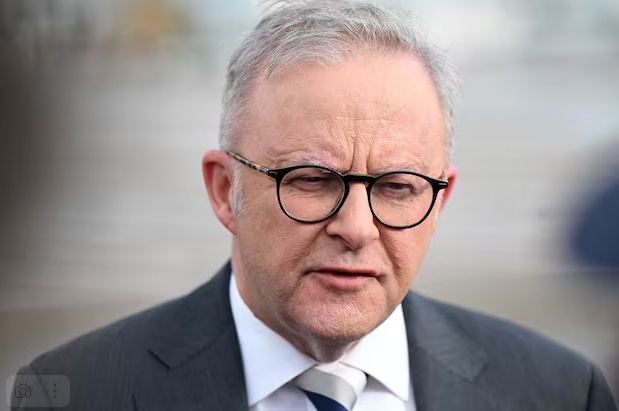Chinese President Xi Jinping met with Australian Prime Minister Anthony Albanese in Beijing on Tuesday.
Albanese’s trip to China
Australian Prime Minister Anthony Albanese began a six-day official visit to China. Such a long trip and the upcoming meeting with Chinese President Xi Jinping should underscore the desire for further normalisation of relations between Canberra and Beijing after several years of tension under the previous Australian government. The attempt to find common ground with the Chinese leadership comes against the backdrop of Anthony Albanese’s failure to hold a bilateral meeting with Donald Trump, the president of Australia’s main ally, since his re-election in May.
A delegation of 14 representatives of major businesses accompanied Anthony Albanese to China, which accounts for about 26% of Australia’s total trade in goods and services. They will attend a round table with Chinese industry leaders representing banking, resources, higher education and the food industry.
“We will continue to work patiently and purposefully to establish stable relations with China based on dialogue,” the Australian leader said shortly before the start of the visit, emphasising the importance of trade relations between the two countries, which total $325 billion.
Canberra-Beijing ties
The relationship between Canberra and Beijing was extremely tense and even hostile before Labor leader Anthony Albanese came to power in Australia in 2022, which had a significant impact on Australia’s economic interests. However, over the past three years, relations between the two countries have returned to normal. Prime Minister Albanese managed to get China to lift all trade sanctions on Australian exports, including coal, lobsters, barley, beef and wine, worth $20 billion, which removed the main problem in bilateral relations.
However, a number of irritants remain. For example, the Australian federal government’s restrictions on foreign investment, which China reasonably perceived as a move directed specifically against Beijing.
Shortly before the prime minister’s arrival in China, the Chinese side essentially demanded that Canberra ease its foreign investment rules. However, the Australians remained adamant.
Responding to a question from the Australian Financial Review about the possibility of easing these restrictions, Chief Treasurer Jim Chalmers replied that this was out of the question, stressing that Australia had a “non-discriminatory approach” and that it was “not tied to any particular country.”
But such explanations are unlikely to satisfy the Chinese. Especially given the situation surrounding the port of Darwin. In 2015, the Chinese company Landbridge leased it for 99 years, investing significant funds in its development over the past decade. But in the spring of this year, Prime Minister Albanese made it clear that he intends to sell the port to a private Australian company or return it to state ownership so that the facility “remains in Australian hands” for national security reasons. And we can say with confidence that the Chinese side will not fail to raise this sensitive issue at the meeting between the leaders of the two countries.
Beijing’s trade agreement with Australia
In addition, China has stepped up efforts to update its free trade agreement with Australia to include artificial intelligence, healthcare, green energy and the digital economy. Canberra, which recently banned the use of the Chinese neural network DeepSeek in the country, rejected in advance the idea of including AI, which is at the centre of the technology war between Washington and Beijing, in the updated agreement.
Overall, Albanese’s approach to relations with China has been very measured — as he himself put it, Canberra intends to “continue to co-operate with China where possible” and “disagree where necessary and act in our national interest.”
Nevertheless, many in the country were unhappy with his current visit to China, simply because the meeting with Xi Jinping took place before the meeting with Donald Trump, the president of Australia’s ally, the US.
This is despite the fact that there are many pressing issues in Canberra’s relations with Washington, including increased tariffs on Australian exports, the conflict over Australia’s unwillingness to comply with US demands to increase defence spending to 5% of GDP, and the US review of the AUKUS pact.
